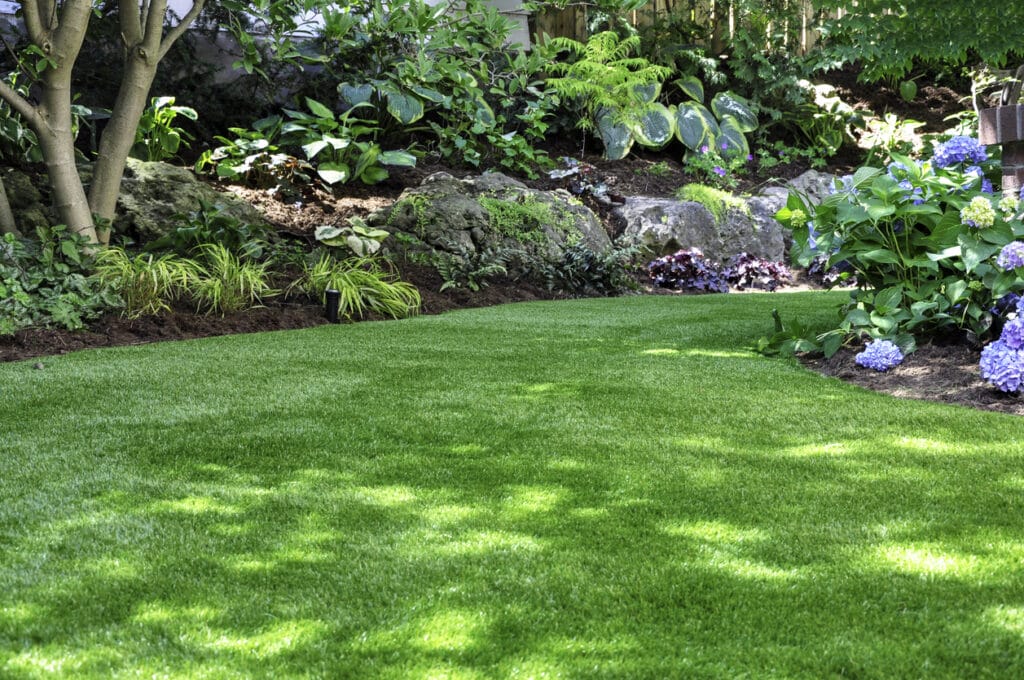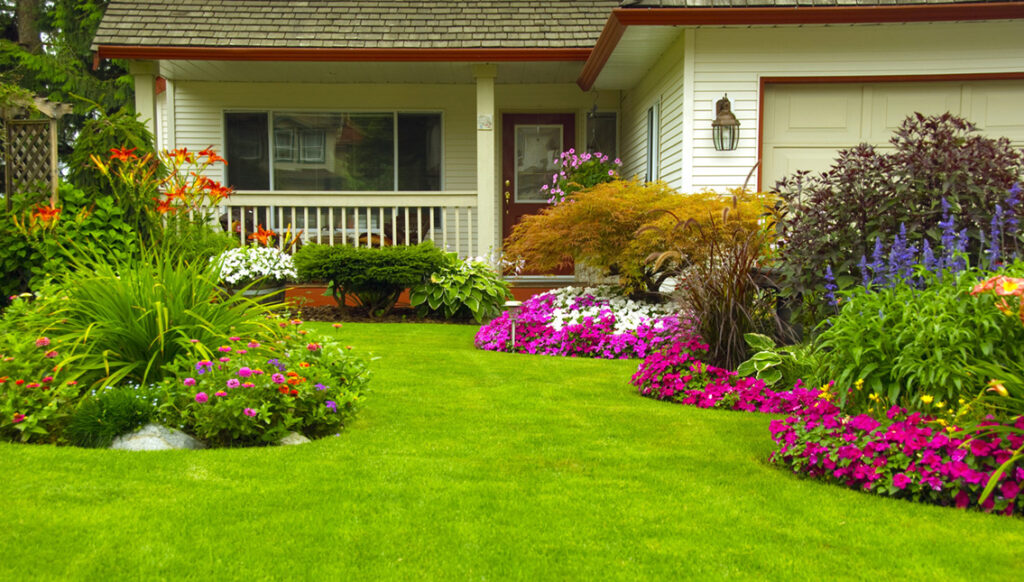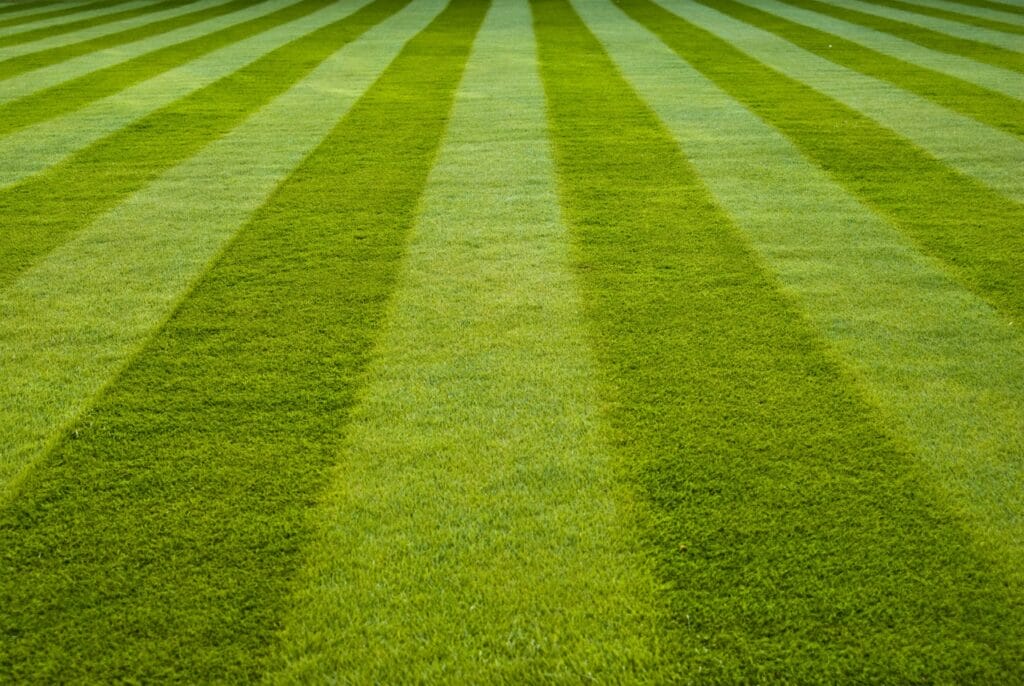How to Make Your Georgetown Lawn the Greenest on the Block (Without Spending a Fortune)
A lush, green lawn is a source of pride for homeowners in Georgetown, TX, but achieving that perfect yard often comes with the misconception that it requires a hefty budget. Fortunately, you can have the greenest lawn in the neighborhood without breaking the bank! With some simple, cost-effective strategies and a little effort, your lawn can become the envy of the block. Here’s how you can get started.


The first step to a healthy lawn is selecting the right type of grass. Georgetown, TX, experiences hot summers and mild winters, making it crucial to choose a grass that thrives in these conditions. Warm-season grasses like Bermuda, Zoysia, and St. Augustine are perfect for Georgetown’s climate, as they are drought-tolerant and grow best in warmer temperatures.
Bermuda grass is especially popular for its durability and ability to withstand heavy foot traffic, making it a great choice for families with kids and pets. Zoysia offers a lush, thick texture and is more shade-tolerant, while St. Augustine is ideal for areas with a mix of sun and shade. Planting the right grass ensures that your lawn is better equipped to handle the local weather and challenges.
Proper watering is essential to maintaining a lush lawn in Georgetown, TX. During the summer months, it’s tempting to water your lawn daily, but overwatering can lead to shallow root systems and weed growth. Instead, aim to water your lawn deeply but infrequently.
The best time to water is early in the morning, before the sun gets too hot. This allows the water to soak into the soil before it evaporates. Aim for about 1 to 1.5 inches of water per week, including rainfall. If you’re unsure, a simple way to measure water is to place a rain gauge or a small container (like a tuna can) on your lawn while watering. Once it fills up to about 1 inch, stop watering.
Aeration is a game-changer when it comes to lawn care in Georgetown, TX. Over time, the soil in your lawn can become compacted, which makes it harder for water, nutrients, and air to reach the roots of your grass. Aerating your lawn once a year (typically in the fall) creates small holes in the soil, improving the flow of essential elements to the root system.
There are two main ways to aerate: using a spike aerator, which punctures holes in the soil, or a core aerator, which removes small plugs of soil. Both methods are effective, but core aeration is generally preferred because it removes soil, creating more space for grass roots to grow.
Fertilizing your lawn is key to keeping it healthy and green. However, not all fertilizers are created equal, and it’s important to choose one that provides the right balance of nutrients for Georgetown’s soil. A soil test can help you understand your lawn’s specific needs, but generally speaking, a fertilizer with a balanced ratio of nitrogen, phosphorus, and potassium is ideal.
The best time to fertilize in Georgetown is during the growing season, typically in late spring or early summer, when the grass is actively growing. Avoid fertilizing in the winter months, as the grass is dormant and won’t benefit from the extra nutrients. Additionally, be sure to follow the recommended application rate to prevent over-fertilization, which can cause nutrient imbalances and harm your lawn.
Mowing is more than just a weekly chore—it’s a vital part of lawn care. One of the most common mistakes homeowners make is mowing their grass too short. Cutting your grass too short can stress it out, making it more vulnerable to disease and pests. Instead, aim to mow your lawn at a height of about 2.5 to 3 inches, depending on the type of grass. This encourages deeper root growth and helps the grass retain moisture.
Make sure your mower blades are sharp to avoid damaging the grass. Dull blades can tear the grass, leaving jagged edges that are more susceptible to disease. Mowing your lawn regularly and at the correct height will ensure a lush, healthy look year-round.
Over time, the soil in your yard can become compacted, which makes it harder for water and nutrients to reach the roots. Aerating your lawn creates small holes in the soil, improving airflow, water penetration, and nutrient absorption. You can rent an aerator from a local hardware store or hire a professional to do it for you. Aeration is especially important if your lawn sees heavy foot traffic or has clay soil.
Healthy soil is the foundation of a great lawn. If your soil is lacking essential nutrients or has poor drainage, it can affect the health of your grass. Consider testing your soil’s pH level to ensure it’s within the ideal range for your grass type. If necessary, amend the soil with compost, organic matter, or soil conditioners to improve its quality.
Conclusion
Achieving the greenest lawn on the block in Georgetown doesn’t have to cost a fortune. With the right grass variety, proper mowing, efficient watering, and a little DIY care, you can maintain a beautiful, healthy lawn on a budget. By following these simple, cost-effective tips, you’ll be well on your way to enjoying a lush, green lawn that will impress your neighbors all year long.


